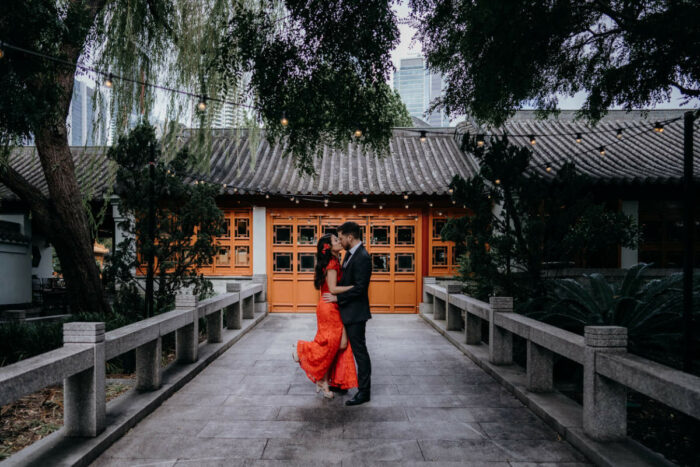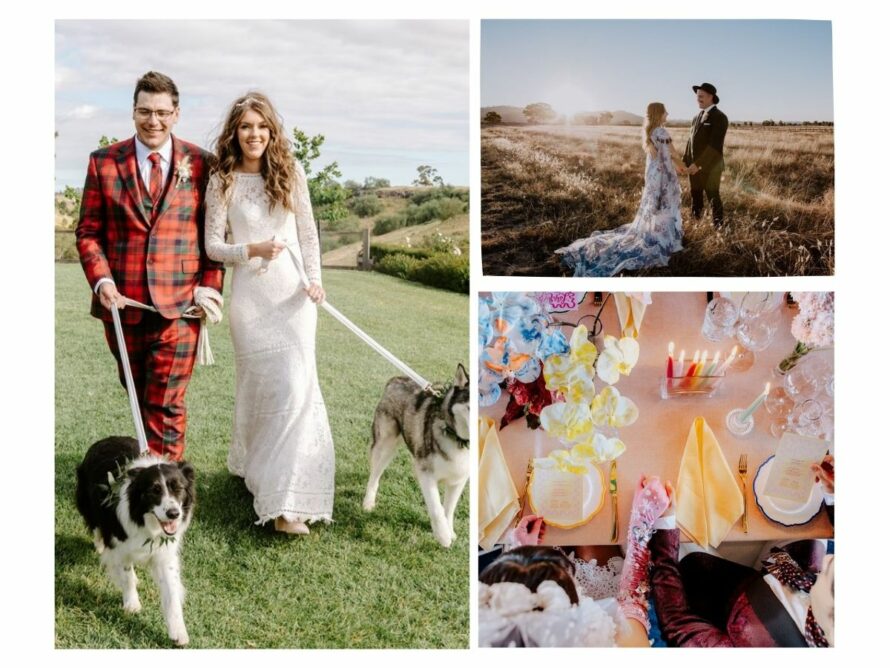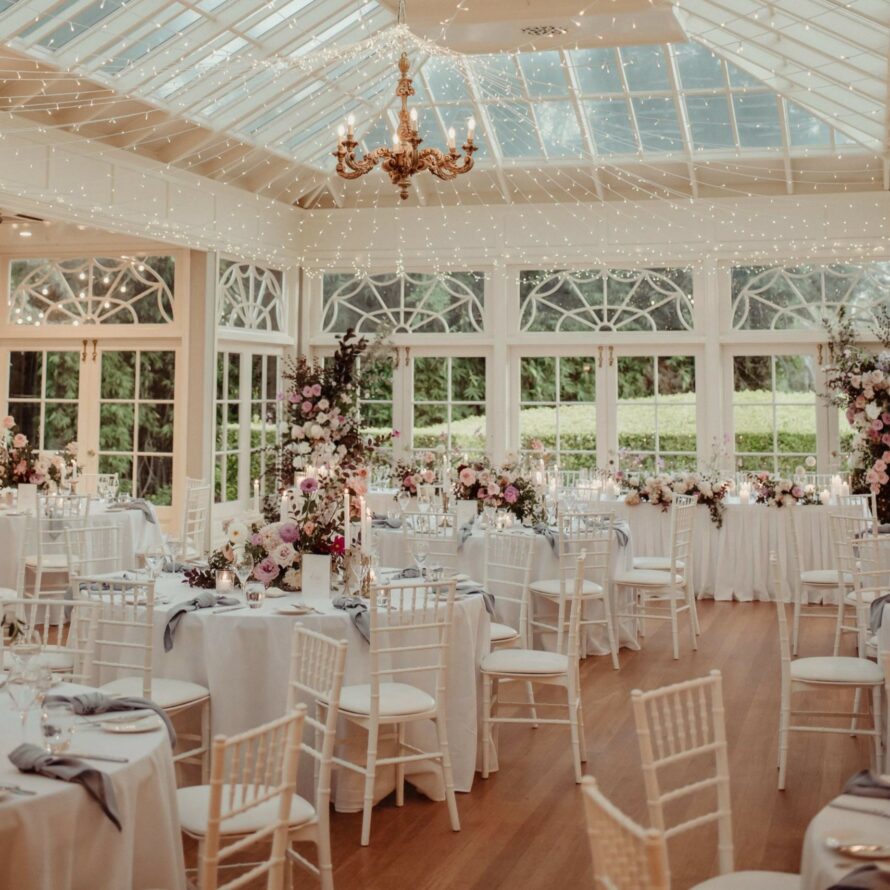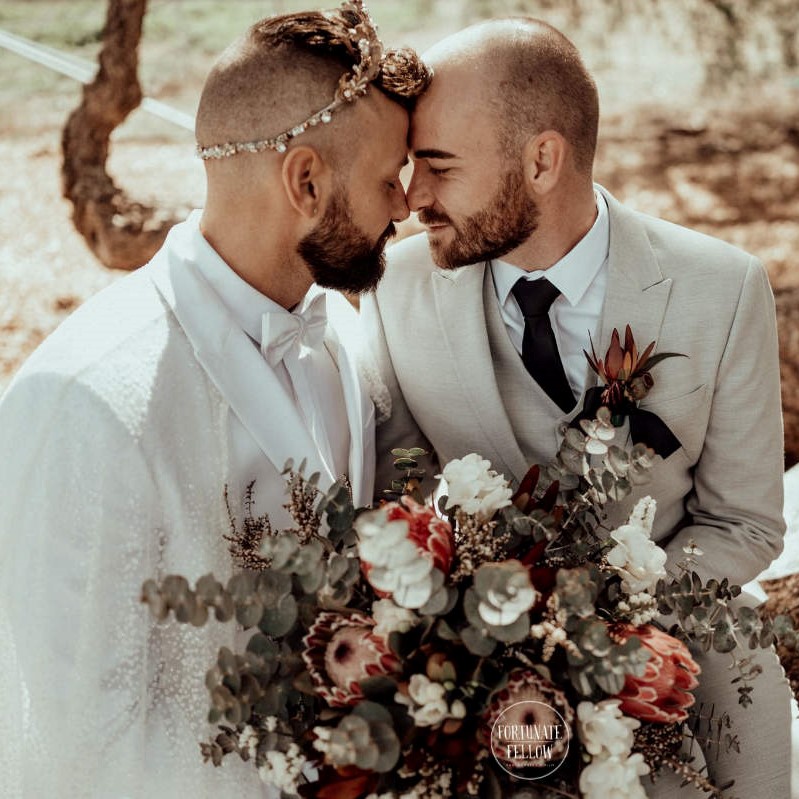An average of 10 million couples get married every year in China, creating an $80 billion industry. But despite the mind-boggling economics linked with Chinese weddings, they are still quite steeped in tradition.
Chinese weddings ceremonies are intimate and quiet affairs, but the wedding banquet (what we would call the reception) more than makes up for it with hours of delicious food, multiple gowns being worn by the bride, and a real celebration atmosphere.
The colour red plays a vital role in Chinese weddings as it is linked with success, love, loyalty, fertility, and honour. Another common colour is gold, which is obviously a symbol of wealth.
Traditionally white was avoided as it is associated with funerals, as are most other dark colours, but as Western brides have embraced black wedding gowns, Chinese brides have also come to wear white wedding gowns.
Here are some beautiful Chinese wedding traditions you will love.

Collecting the bride
Before the wedding ceremony, the groom leads a raucous procession to his future bride’s home. It begins with a bang… literally, with firecrackers, drums and gongs used to signal the start of the journey.
A child walks at the front of the procession with the groom to symbolise the wish for future children. Those joining the walk carry lanterns and banners, while those who are musically inclined can play their instruments and a dancing lion follows up the rear for good measure.
Let the games begin
When the groom arrives at his future bride’s house, he has to haggle with the bride’s friends, who would be the bridesmaids in Western weddings.
They will set out tasks or stunts for him to perform and then expect him to hand over red packets of money in order for them to surrender their friend. The soon-to-be newlyweds then bow to the bride’s parents and return to the groom’s house.
Arriving home
Firecrackers will be set off to mark their arrival at their new home and a red mat is placed out for the bride so that her feet don’t touch the ground on her way into the house.
Depending on the family traditions, the bride will have to step over a saddle or a slightly more dangerous lit stove in order to cross the threshold. It is believed the fire would cast out evil influences.
The ceremony
In traditional Chinese weddings, the ceremony is only a very small element of the wedding day. Vows are exchanged at a local government office as the paperwork is signed and then the couple attend an intimate ceremony, where they stand at the family altar and pay their respects to nature, family ancestors, and deities. The ceremony is complete when the couple bow to each other.
Tea ceremony
This can be held immediately after the ceremony or can even be the next day. The tea ceremony sees the newlyweds serve tea containing either two lotus seeds or two red dates to the groom’s family.
The family are served in order, starting with the groom’s parents before progressing from oldest to youngest. After each family member takes a sip of their tea, they offer the couple a red envelope with money or jewellery inside.
The banquet
Is it common for the parents of the bride and groom to host separate wedding feasts, meaning a wedding celebration could span days. In recent times, families have come together to host joint affairs, which are bright, colourful and extravagant affairs that usually have between five and 10 courses filled with highly symbolic foods.
The Chinese word for fish is yu, which sounds like the word for plenty, so a whole fish would be served as a wish for abundance. Another example is including fish roe in soup or as garnish is a symbol of fertility.
Even in modern Chinese weddings, the couples can take great liberty with choosing a Western-style ceremony, but the banquet remains a heavily-traditional affair out of respect for their parents and families.
Paying it forward
Banquet guests sign their names in a book when they arrive, and give red envelopes to the attendants. The attendant opens the envelope, counts the money and records the information in the book so the newlyweds know how much each guest gave.
This also holds a double-purpose as it is tradition in China that when the newlyweds are later invited to the weddings of their guests, they will be expected to gift them a higher sum of money than they were given.
Costume changes
Chinese brides are among the luckiest in that they are expected to wear several dresses throughout the course of their wedding ceremony and banquet.
Most Chinese brides will wear a traditional qipao dress, but can also wear a Western-style white wedding dress, and maybe one or two other gowns if they choose to.
Brides may change outfits between the ceremony and the banquet and then often change multiple times during the course of the dinner festivities.
After the wedding
The day after the banquet, the bride is formally introduced to the groom’s relatives and friends. She will kneel in front of each of her new husband’s older relatives and receive a gift from each of them before she is given a title that reflects the standing of her husband in the family.
Two days later, she will visit her parent’s home as a guest, having been fully accepted into her husband’s family.
Photographs
Modern Chinese couples prepare their wedding album before their wedding. They have photos taken around their city or at popular landmarks wearing a range of different outfits.
This album is displayed at the banquet for guests to enjoy.



